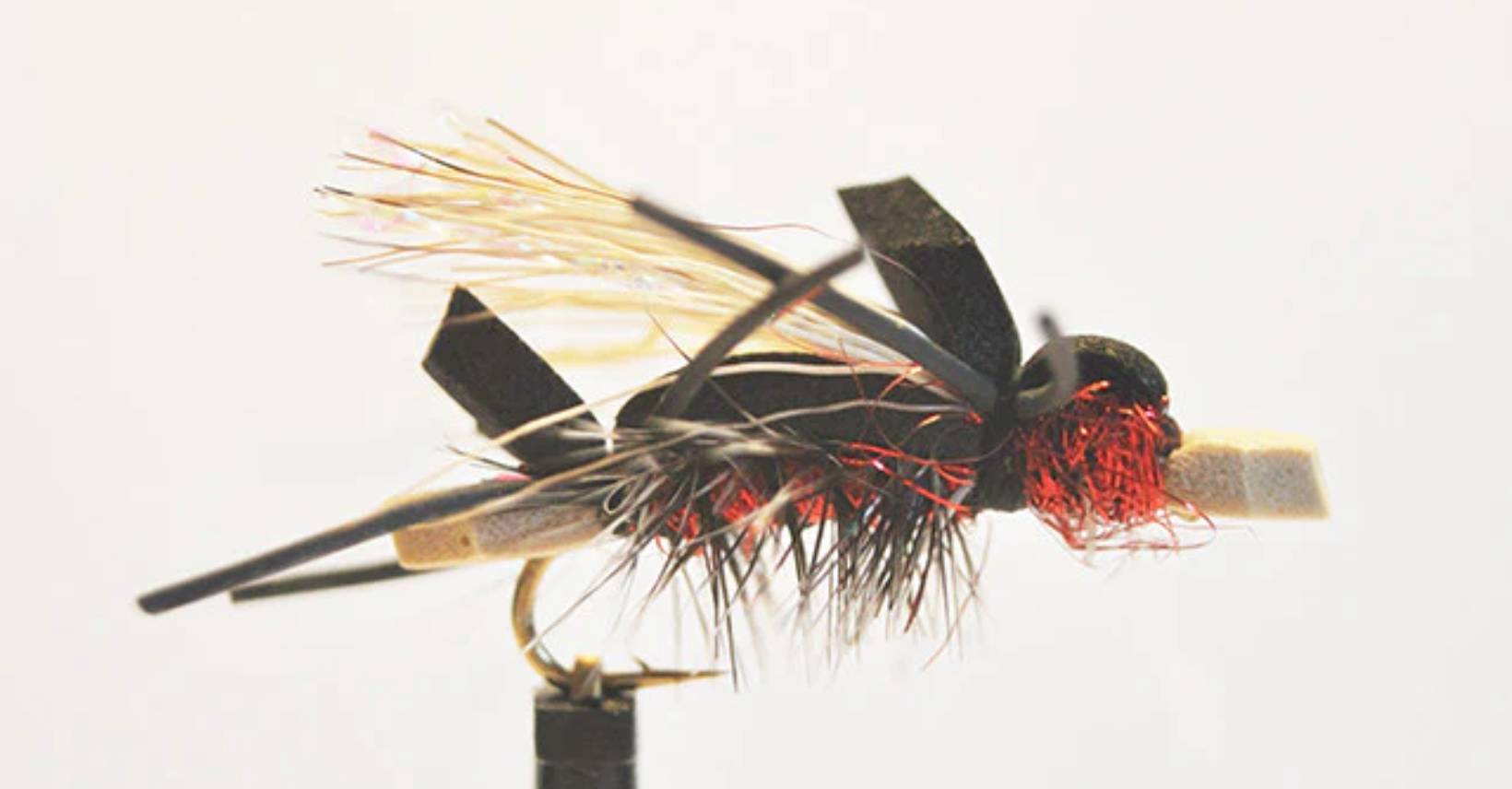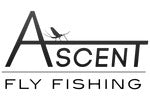
Flying Red Ants: A Secret Hatch Every Fly Angler Should Know
When most fly fishers think of epic hatches, visions of mayflies, caddis, or midges come to mind. But there's a lesser-known hatch that can produce explosive dry fly action—one that often goes unnoticed until you're in the middle of it. We’re talking about the flying red ant hatch.
In this article, we’ll break down everything you need to know about red flying ants, why trout love them, when these hatches occur, and how to fish them effectively.
What Are Flying Red Ants?
Flying red ants are the alates (winged reproductive ants) of various ant species, most commonly from the Formica or Myrmica genera. During late summer and early fall—especially after a warm rain—these ants take to the sky in a mating swarm. Once mating concludes, they fall to the water in droves, creating a floating buffet for trout.
Key Features of Red Flying Ants:
- Reddish-brown thorax with a darker head and abdomen
- Transparent wings (often longer than their body)
- Sizes ranging from #14 to #20 in hook size equivalents
These ants aren’t just a curiosity—they’re a high-protein, high-fat meal that trout recognize and key in on, often selectively feeding on them while ignoring other insects.
When Do Red Flying Ants Hatch?
One of the reasons red flying ant hatches are so special is their unpredictability. You can’t mark them on the calendar like you can with a Green Drake or Trico hatch. However, they usually occur:
- Late summer to early fall
- After a thunderstorm or warm rain
- On warm, humid afternoons
These conditions can trigger massive mating flights, especially near rivers with adjacent meadows or woodlands.
Why Do Trout Love Flying Red Ants?
From a trout’s perspective, red flying ants are easy pickings. They're clumsy fliers, often crash-landing on the water’s surface. Once they hit the water, they struggle and spin, creating irresistible surface disturbance.
And because these hatches are short-lived and localized, trout often feed with abandon, creating some of the most exciting dry fly action of the year.
Pro Tips for Fishing the Flying Ant Hatch
At Ascent Fly Fishing, we believe that understanding the entomology behind every fly gives you the edge on the water. Here are some tips to help you make the most of a red ant fall:
1. Be Prepared with the Right Flies
Carry a selection of realistic red flying ant patterns, in both parachute and spent-wing variations. We recommend:
- Red Flying Ant (Hi-Vis)
- CDC Winged Ant
- Spent Red Ant (Foam Body)
2. Match the Drift
During a fall, ants often spin or lie motionless. A dead-drift presentation with occasional micro-twitches is deadly.
3. Go Light and Stealthy
Use a longer 5X or 6X tippet to present naturally and avoid spooking selective surface-feeding trout.
4. Watch the Weather
Keep an eye on post-storm afternoons. The hatch might last only an hour, but it could be the best hour of fishing you’ll have all season.
Entomology Backed Fly Selection – Only at Ascent Fly Fishing
At Ascent Fly Fishing, we don’t just sell flies—we sell confidence. Our biologist-curated fly selections are tailored to your home waters, ensuring you have the right flies, at the right time, for the right hatch.
Whether you’re prepping for a spontaneous red flying ant fall or matching a complex mayfly hatch, we’ll equip you with the entomological edge to fish smarter, not harder.
Final Cast: Don’t Underestimate the Ant Hatch
The next time you're on the river in late summer and see ants in the air, take note—it might just be the start of a red flying ant fall. When it happens, make sure you’re ready with the right flies and the right know-how.
Want to get dialled in for your next trip?
- Shop Flying Ants Patterns at Ascent Fly Fishing.
- Get a Custom Fly Selection for Your Local River


